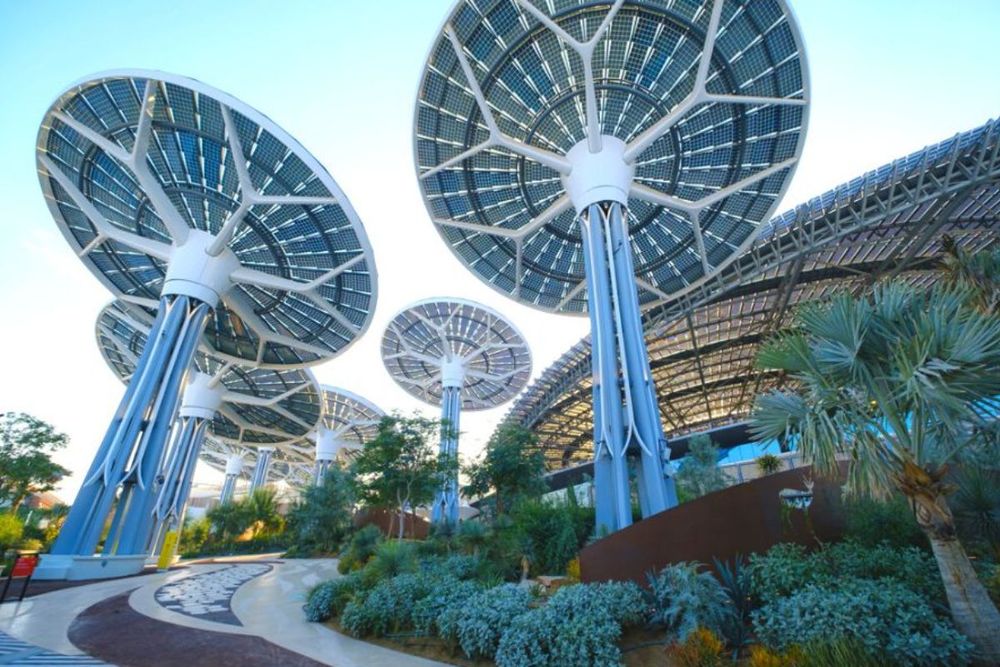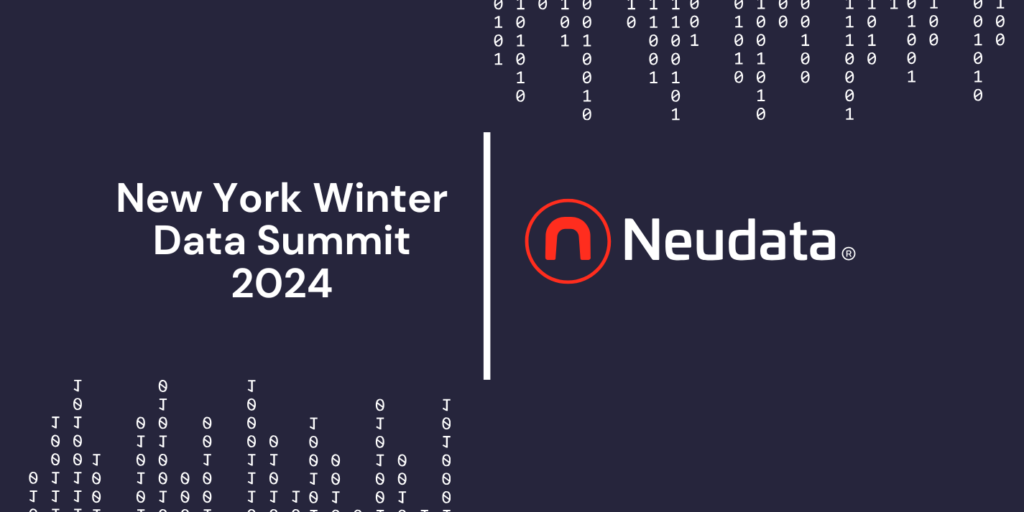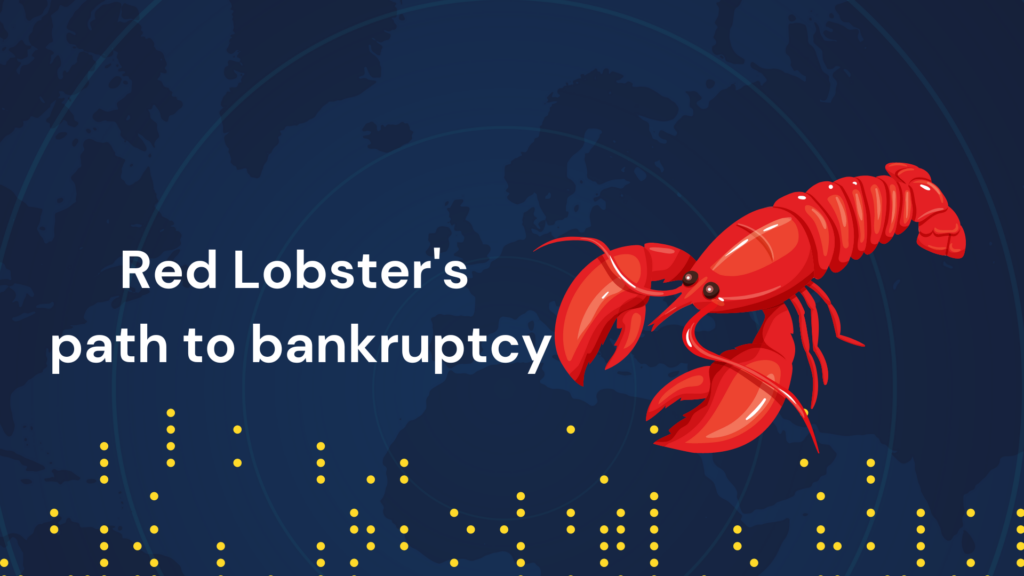15 min read
COP28 calling

The forthcoming COP28, an international conference dedicated to addressing climate change, is set to convene in Dubai, United Arab Emirates, from November 30 to December 12, 2023. Semantic Visions seizes this moment to underscore the event’s profound global significance. Don’t hesitate to delve into the accompanying article, complemented by a concise glossary of pertinent terms.
Organized annually by the secretariat of the United Nations Framework Convention on Climate Change (UNFCCC) in collaboration with the host country, this year’s iteration anticipates the participation of over 70,000 delegates. COP28 holds pivotal importance for multiple reasons, most notably as it signifies the culmination of the inaugural global stocktake (GST). The GST stands as the primary mechanism for evaluating progress under the Paris Agreement, amplifying the conference’s impact on shaping the trajectory of international climate initiatives.
The two-week event COP28
The two-week event will commence with the World Climate Action Summit on December 1 and 2. This summit will bring together heads of state and government, along with representatives from NGOs.
Other tasks facing negotiators at COP28 include getting the loss and damage fund up and running and finding agreement on key questions about the framework’s design, scope, implementation, and tracking for the Paris Agreement’s global goal on adaptation (GGA). Further issues likely to receive much attention include energy transition and food systems transformation.
The history of international climate change initiatives
Let’s map the history of international climate change initiatives first:
International climate policy dates back to the Rio Conference (also known as the Earth Summit) in 1992, where delegates adopted the UN Framework Convention on Climate Change (UNFCCC). The Convention entered into force in 1994. The very first UN Climate Change Conference (COP1) was held in Berlin in 1995.
It was followed in 1997 by the Kyoto Protocol, which laid down specific reduction commitments of 5.2 percent on average compared to 1990 emissions, initially for industrialized countries.
The 21st session of the COP (COP21) in 2015 in Paris led to the Paris Agreement, a legally binding document, considered a breakthrough in international climate policy.
Since the initiation of COP21 in 2015, the COPs have revolved around how to implement the Paris Agreement, which has three main goals: to keep the global average temperature rise to “well below” 2°C and pursue efforts to limit the rise to 1.5°C above pre-industrial levels; to adapt to climate change and build resilience, and to align finance flows with “a pathway towards low greenhouse gas emissions and climate-resilient development.” At COP27 in 2022, held in Egypt, a “loss and damage” fund was agreed for richer countries to pay poorer countries facing the effects of climate change.
Location: the United Arab Emirates
The annual climate summit rotates its hosting duties to various locations. However, this year’s choice of the United Arab Emirates (UAE) has sparked criticism. The backlash stems not only from the UAE’s significant role as a major oil-producing nation but also from the appointment of Dr. Sultan Ahmed al Jaber as the COP president. Notably, Dr. Al Jaber, a high-ranking executive in the fossil fuel industry, has previously served two terms as the UAE’s Special Envoy for Climate Change. Moreover, he currently holds the position of Minister of Industry and Advanced Technology, adding a layer of complexity to the concerns surrounding the host country’s stance on climate issues.
160+ member nations
Over 160 member nations, including the UK, France, Germany, and Japan, have confirmed their attendance this year. Perhaps the highest-profile attendees will be King Charles III, who will deliver an address at the summit’s opening ceremony, and Pope Francis, who will be the first pontiff to attend a COP. Many fossil fuel executives are invited to the climate talks, where they are expected to announce new commitments to decarbonize. A list of Wall Street financial heavyweights led by BlackRock CEO Larry Fink will also be present, after missing the summit in Egypt last year.
As the upcoming COP28 event approaches, Semantic Visions stands at the forefront of providing crucial insights through its advanced analytical tools. Our capability to gather and analyze news and press releases in 12 languages ensures a comprehensive understanding of the event’s dynamics. Don’t miss the opportunity to explore the power of Semantic Visions’ solutions. Book your exclusive demo now and unlock actionable intelligence that empowers businesses with strategic insights. Stay informed and make data-driven decisions with Semantic Visions.
Glossary:
AIM4C (Agriculture Innovation Mission for Climate)
- a joint initiative by the United States and the United Arab Emirates. AIM for Climate seeks to address climate change and global hunger by uniting participants to significantly increase investment in and other support for climate-smart agriculture and food systems innovation over five years (2021 – 2025).
Alternative Energy
- energy derived from nontraditional sources (e.g., compressed natural gas, solar, hydroelectric, wind).
Annex I Countries/Parties
- a group of countries included in Annex I (as amended in 1998) to the UN Framework Convention on Climate Change, including all the developed countries in the OECD, and economies in transition. By default, the other countries are referred to as Non-Annex I countries. Under Articles 4.2 (a) and 4.2 (b) of the Convention, Annex I countries commit themselves specifically to the aim of returning individually or jointly to their 1990 levels of greenhouse gas emissions by the year 2000.
Biofuels
- gas or liquid fuel made from plant material. Includes wood, wood waste, wood liquors, peat, railroad ties, wood sludge, spent sulfite liquors, agricultural waste, straw, tires, fish oils, tall oil, sludge waste, waste alcohol, municipal solid waste, landfill gasses, other waste, and ethanol blended into motor gasoline.
Carbon Footprint
- the total amount of greenhouse gasses that are emitted into the atmosphere by a person, family, building, organization, or company. A person’s carbon footprint includes greenhouse gas emissions from fuel that an individual burns directly, such as by heating a home or riding in a car. It also includes greenhouse gasses arising from the production of goods or services that the individual uses, including emissions from power plants that make electricity, factories that make products, and landfills where trash gets sent.
Carbon markets
- trading schemes that create financial incentives for activities that reduce or remove greenhouse gas emissions. In these schemes, emissions are quantified into carbon credits that can be bought and sold. One tradable carbon credit equals one ton of carbon dioxide, or the equivalent amount of a different greenhouse gas reduced, sequestered, or avoided.
Circular economy
- refers to models of production and consumption that minimize waste and reduce pollution, promote sustainable uses of natural resources, and help regenerate nature.
Climate change
- refers to the long-term changes in the Earth’s climate that are warming the atmosphere, ocean, and land. Climate change is affecting the balance of ecosystems that support life and biodiversity, and impacting health.
Climate finance
- financial resources and instruments that are used to support action on climate change. Climate finance is critical to addressing climate change because of the large-scale investments needed to transition to a low-carbon global economy and to help societies build resilience and adapt to the impacts of climate change.
Climate justice
- putting equity and human rights at the core of decision-making and action on climate change.
Climate resilience
- the capacity of a community or environment to anticipate and manage climate impacts, minimize their damage, and recover and transform as needed after the initial shock.
COP (short for “Conference of the Parties”)
- an international climate meeting held each year by the United Nations. Countries are “party to,” in legal terms—the international treaty called the U.N. Framework Convention on Climate Change (UNFCCC). The COP’s role is to promote and review the implementation of the Convention. It will periodically review existing commitments in light of the Convention’s objective, new scientific findings, and the effectiveness of national climate change programs.
Emissions
- the release of a substance (usually a gas when referring to the subject of climate change) into the atmosphere.
Energy Efficiency
- using less energy to provide the same service.
Feedback loops
- happen when one change in the climate triggers further changes, in a chain reaction that reinforces itself as time goes on. Ultimately, feedback loops can trigger tipping points, at which point the changes to our planet’s climate systems become severe and irreversible.
Fossil Fuels
- a general term for organic materials formed from decayed plants and animals that have been converted to crude oil, coal, natural gas, or heavy oils by exposure to heat and pressure in the earth’s crust over hundreds of millions of years.
The Fund (the loss and damage fund)
- established at COP27 to provide financial assistance to poorer nations as they deal with the negative consequences that arise from the unavoidable risks of climate change – for example: rising sea levels, extreme heat waves, desertification, forest fires, crop failures, etc. The Transitional Committee, tasked with developing recommendations ahead of COP28, is composed of 24 members representing different geographical regions. It was set up to get the new Loss and Damage Fund going by 2024 and held its first meeting in March 2023.
(The) Glasgow Climate Pact
- an agreement reached at the 2021 COP26. The pact is the first climate agreement explicitly planning to reduce unabated coal usage.
Global Warming
- the recent and ongoing global average increase in temperature near the Earth’s surface.
GGA (The Global Goal on Adaptation)
- a collective commitment under Article 7.1 of the Paris Agreement aimed at “enhancing the world’s adaptive capacity, strengthening resilience and reducing vulnerability to climate change.”
the Global Shield (the Global Shield against Climate Risks)
- aims to increase protection for vulnerable people and countries and contribute to effectively addressing losses and damages exacerbated by climate change. Launched at COP27 by the Vulnerable Twenty (V20) Group and the Group of Seven (G7).
Greenhouse Effect
- trapping and build-up of heat in the atmosphere (troposphere) near the Earth’s surface. Some of the heat flowing back toward space from the Earth’s surface is absorbed by water vapor, carbon dioxide, ozone, and several other gasses in the atmosphere and then reradiated back toward the Earth’s surface. If the atmospheric concentrations of these greenhouse gasses rise, the average temperature of the lower atmosphere will gradually increase.
Greenwashing
- the act or practice of making a product, policy, activity, etc. appears to be more environmentally friendly or less environmentally damaging than it really is.
GST (Global Stocktake)
- designed to ‘take stock’ of the implementation of the Paris Agreement and assess progress towards achieving the pact’s goal to limit global warming to 1.5 degrees Celsius. Established under Article 14 of the Paris Agreement.
Hydrocarbons
- substances containing only hydrogen and carbon. Fossil fuels are made up of hydrocarbons.
IEA (International Energy Agency)
- intergovernmental organization, founded in 1974 and based in Paris. It provides policy recommendations, analysis, and data on the entire global energy sector. The 31 member countries and 13 association countries of the IEA represent 75% of global energy demand.
Industrial Revolution
- a period of rapid industrial growth with far-reaching social and economic consequences, beginning in England during the second half of the 18th century and spreading to Europe and later to other countries including the United States. It succeeded the Agricultural Revolution and marked the beginning of a strong increase in combustion of fossil fuels and related emissions of carbon dioxide.
IPCC (Intergovernmental Panel on Climate Change)
- the UN’s climate body for assessing the science related to climate change. It prepares comprehensive Assessment Reports about the state of scientific, technical, and socio-economic knowledge on climate change, its impacts and future risks, and options for reducing the rate at which climate change is taking place. It also produces Special Reports on topics agreed to by its member governments. Established jointly by the United Nations Environment Programme and the World Meteorological Organization in 1988.
Just Transition
- ensuring that countries choose to green their economy through transition pathways and approaches that reinforce equality and inclusivity. This means looking at the impacts of the transition on different groups of workers across the economy and providing opportunities for training and reskilling that support decent work and aim to leave no one behind.
LTS (Long-term strategies)
- provide a long-term vision that gives coherence and direction to shorter-term national climate pledges like the NDCs.
NAPs (national adaptation plans)
- established to identify medium- and long-term adaptation needs and develop and implement strategies and programs to address those needs. Set up at COP 16 in 2010 to formulate and implement NAPs.
Natural Gas
- underground deposits of gasses consisting of 50 to 90 percent methane (CH4) and small amounts of heavier gaseous hydrocarbon compounds such as propane (C3H8) and butane (C4H10)
NBSAPs (national biodiversity strategies and action plans)
- create an obligation for national biodiversity planning. A national strategy that reflects how the country intends to fulfill the objectives of the Convention in light of specific national circumstances.
NDC (Nationally Determined Contribution)
- countries’ self-defined national climate pledges under the Paris Agreement, detailing what they will do to help meet the global goal to pursue 1.5°C, adapt to climate impacts, and ensure sufficient finance to support these efforts.
Net zero (emissions)
- ensuring that carbon dioxide emissions from human activity are balanced by human efforts to remove carbon dioxide emissions (for example, by creating carbon sinks to absorb carbon dioxide) – thereby stopping further increases in the concentration of greenhouse gasses in the atmosphere.
Ozone Layer
- the layer of ozone that begins approximately 15 km above Earth and thins to an almost negligible amount at about 50 km, shielding the Earth from harmful ultraviolet radiation from the sun. The stratospheric ozone concentration changes throughout the year as stratospheric circulation changes with the seasons. Natural events such as volcanoes and solar flares can produce changes in ozone concentration, but man-made changes are of the greatest concern.
(The) Paris Agreement
- a legally binding international treaty aiming to limit global warming to well below 2° C, preferably to 1.5° C, compared to pre-industrial levels. It was adopted by 196 Parties in 2015 at COP21 in Paris and entered into force in 2016.
PM (Particulate matter)
- very small pieces of solid or liquid matter such as particles of soot, dust, fumes, mists, or aerosols. The physical characteristics of particles and how they combine with other particles, are part of the feedback mechanisms of the atmosphere.
Recycling
- any recovery operation by which waste materials are reprocessed into products, materials, or substances whether for the original or other purposes.
REDD+ (Reducing emissions from deforestation and forest degradation)
- a framework agreed by countries in the international climate negotiations that aims to curb climate change by reducing deforestation and forest degradation, and sustainably managing and conserving forests in developing countries. The “+” signifies the role of conservation, sustainable management of forests, and enhancement of forest carbon stocks.
Renewable Energy
- energy resources that are naturally replenishing such as biomass, hydro, geothermal, solar, wind, ocean thermal, wave action, and tidal action.
Scenarios
- a plausible and often simplified description of how the future may develop based on a coherent and internally consistent set of assumptions about driving forces and key relationships.
SDG 13, also known as Global Goal 13 (Sustainable Development Goal)
- one of 17 Sustainable Development Goals, established in 2015 by the United Nations General Assembly (UNGA). It aims to limit and adapt to climate change and is closely related and complementary to SDG 7 on clean energy.
(Carbon) Sink
- any process, activity, or mechanism that removes a greenhouse gas, an aerosol, or a precursor of a greenhouse gas or aerosol from the atmosphere.
Tipping point
- a threshold after which certain changes caused by global warming and climate change become irreversible, even if future interventions are successful in driving down average global temperatures.
UNEP (the United Nations Environment Programme)
- an international body based in Nairobi, Kenya. Its mission is to inspire, inform, and enable nations and peoples to improve their quality of life without compromising that of future generations. Founded in 1972 following the landmark UN Conference on the Human Environment in 1972 in Stockholm, Sweden.
UNFCCC (UN Framework Convention on Climate Change)
- adopted in 1992 with the ultimate aim of preventing dangerous human interference with the climate system. The 1997 Kyoto Protocol and 2015 Paris Agreement are built on the Convention.
UNDP (The United Nations Development Programme)
- a United Nations agency tasked with helping countries eliminate poverty and achieve sustainable economic growth and human development. Founded in 1965 and based in NYC, USA.
the 2030 Agenda
- part of the Post-2015 Development Agenda, created in 2015. Formally articulated and adopted in a UN General Assembly resolution known as the 2030 Agenda, informally referred to as Agenda 2030. In 2017, the SDGs were made more actionable by a UNGA resolution that identifies specific targets for each goal and provides indicators to measure progress.
Vulnerability
- the degree to which a system is susceptible to, or unable to cope with, adverse effects of climate change, including climate variability and extremes. Vulnerability is a function of the character, magnitude, and rate of climate variation to which a system is exposed, its sensitivity, and its adaptive capacity.
Weather
- atmospheric condition at any given time or place. It is measured in terms of such things as wind, temperature, humidity, atmospheric pressure, cloudiness, and precipitation. In most places, weather can change from hour-to-hour, day-to-day, and season-to-season. Climate in a narrow sense is usually defined as the “average weather”, or more rigorously, as the statistical description in terms of the mean and variability of relevant quantities over a period of time ranging from months to thousands or millions of years. The classical period is 30 years, as defined by the World Meteorological Organization (WMO).
Photo: focus.hidubai.com






